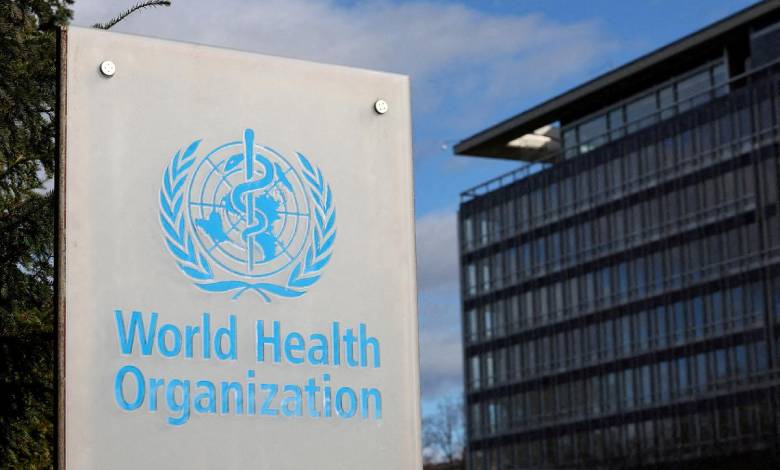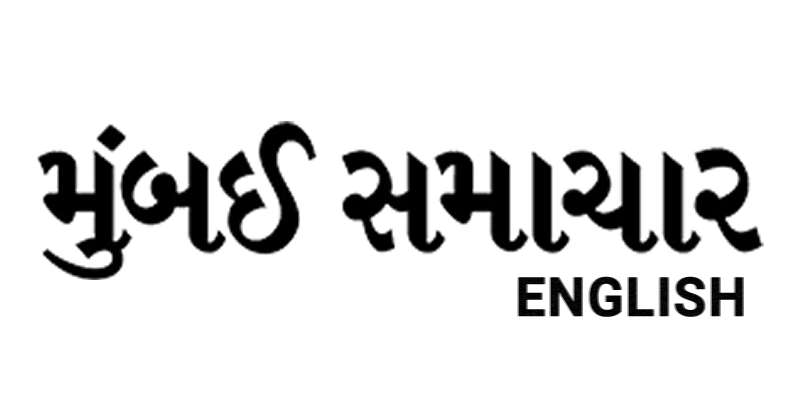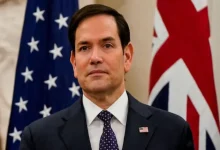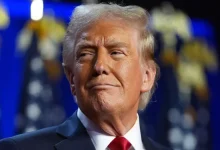Historic Pandemic Accord Finalised: How WHO Nations Bridged Divides | Explained
What does the new deal promise? Why was it crucial after COVID-19? What hurdles did negotiators face? How might it shape future global health equity and innovation?

The story so far:
After over three years of negotiations involving more than 190 countries, the World Health Organization (WHO) has concluded a landmark agreement aimed at strengthening the global response to future pandemics. The accord was finalised following an intense session at WHO headquarters in Geneva, wrapping up in the early hours of April 16, 2025.
Why was the deal necessary?
WHO Director-General Tedros Adhanom Ghebreyesus hailed the agreement as a “major step towards a safer world,” stressing the need for unified global action against health emergencies. The accord comes five years after COVID-19 exposed deep flaws in international health systems. The rising threat of diseases like H5N1 bird flu, mpox, measles, and Ebola underscored the urgency for a coordinated global framework.
What does the new system propose?
At the heart of the agreement lies the Pathogen Access and Benefit-Sharing System (PABS), designed to ensure rapid and transparent sharing of pathogen data among nations and with pharmaceutical firms. This mechanism aims to accelerate the development of vaccines, diagnostics, and treatments during future outbreaks. The accord also prioritises equitable access to pandemic health tools, especially for low- and middle-income countries, addressing disparities highlighted during the COVID-19 vaccine rollout.
During the pandemic, wealthier nations secured most medical supplies while poorer countries faced critical shortages. The new agreement seeks to avoid a repeat of this imbalance through binding guidelines promoting fairness.
The technology transfer debate:
Technology sharing emerged as one of the most contentious issues. Developing countries lobbied for mandatory transfer of critical technologies during pandemics. However, nations with strong pharmaceutical sectors opposed enforceable obligations, citing concerns over intellectual property rights and innovation incentives. The final compromise states that technology transfer must be “mutually agreed,” aiming to balance equity needs with industry interests. The 32-page agreement achieved full consensus, marked entirely in green.
What gaps did COVID-19 reveal?
The pandemic highlighted severe weaknesses in global coordination, including fragmented data sharing, vaccine inequities, lack of standardised procedures, and limited accountability. Many countries acted unilaterally, hoarding resources and closing borders, which worsened the crisis. Although initiatives like COVAX sought to promote equitable vaccine distribution, they struggled due to funding gaps and global cooperation failures.
Experts have long warned that without a legally binding framework, the world risks repeating the same mistakes in future health emergencies. In today’s interconnected world, pandemics transcend borders and require shared global responses.
Key hurdles during negotiations:
Talks often stalled over conflicting national interests. Article 11, addressing technology sharing, was particularly divisive. Low- and middle-income nations stressed that without access to vaccines and treatments, equitable pandemic response would remain elusive. Meanwhile, countries with major pharmaceutical industries resisted obligations that could dampen innovation or breach international trade laws. The final “mutually agreed” wording represents a diplomatic middle ground, though critics argue it may be difficult to enforce.
Can it improve global cooperation?
Equity stands at the core of the agreement. Tedros noted that fairness in access must be central to pandemic preparedness, alongside stockpiling and logistics. The accord promises support for capacity-building in lower-income countries, but successful implementation will require strong political will.
Helen Clark, former New Zealand Prime Minister and co-chair of the Independent Panel for Pandemic Preparedness and Response, observed that the agreement demonstrates that multilateral cooperation is still possible despite geopolitical tensions.
David Reddy, director-general of the International Federation of Pharmaceutical Manufacturers and Associations (IFPMA), welcomed the accord as a starting point but stressed that industry participation hinges on protecting intellectual property rights and ensuring legal certainty to foster innovation.
What’s next?
With the accord finalised, member states must now incorporate its principles into national laws, establish financing mechanisms, and set up compliance monitoring systems. The agreement will be formally presented for adoption at the upcoming WHO annual assembly.




